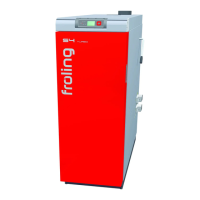
Do you have a question about the Froling S4 Turbo and is the answer not in the manual?
Identifies and describes the main components and controls of the Froling S4 Turbo boiler.
Explains the different hazard levels (DANGER, WARNING, CAUTION) and their implications.
Illustrates and explains the various pictograms and warning symbols used in the documentation.
Provides essential general safety information and precautions for operating the boiler.
Covers permitted uses, firewood, wood briquettes, and non-permitted fuels.
Defines necessary qualifications, training, and protective equipment for operating staff.
Covers design information, installation, heating water requirements, and system integration.
Describes the various safety devices integrated into the boiler system for protection.
Highlights potential residual risks associated with operating the boiler and necessary precautions.
Outlines procedures for system overheating and detecting flue gas.
Covers the procedures for assembly, installation, and initial startup by qualified staff.
Details steps for switching on power and boiler, and initial heating processes.
Covers reloading intervals, fuel calculation, and fuel tables for efficient heating.
Provides step-by-step instructions for heating the boiler using firewood.
Guides on how to start the boiler using the automatic ignition feature.
Provides instructions on how to display and alter boiler operating parameters.
Details the procedure for safely reloading firewood into the boiler.
Explains the correct procedure for switching off the boiler's power supply.
Provides general information and safety precautions for boiler servicing.
Covers inspection and cleaning tasks before heating, general inspections, and ash/grating cleaning.
Details annual inspection steps like cleaning gas ducts, air openings, and heat exchanger pipes.
Procedures for cleaning the flue gas pipe, checking draught controller, and cleaning the induced draught fan.
Covers requirements and procedures for emissions measurement by authorized bodies.
Recommends regular inspection and explains benefits of maintenance agreements.
Emphasizes using original replacement parts and warns against non-original parts.
Provides guidelines for environmentally friendly disposal of ash and system components.
Addresses general power supply issues, behaviour after power failure, and error elimination.
Describes how the high-limit thermostat reacts to excessive temperatures and how to reset it.
Covers fault message indications, procedures, and acknowledgment steps.
Provides contact addresses for the manufacturer and the installer.
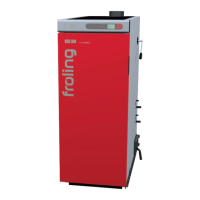
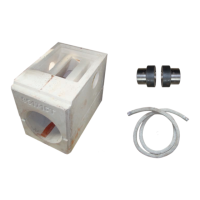
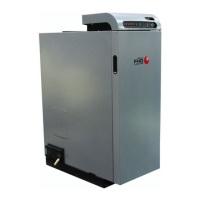
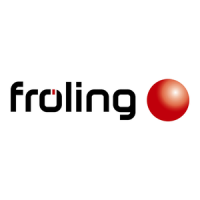

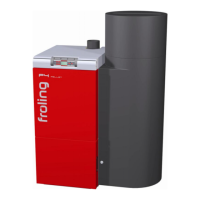
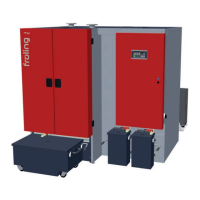
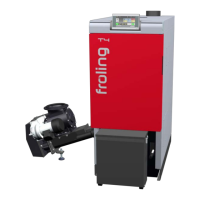

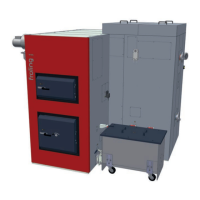
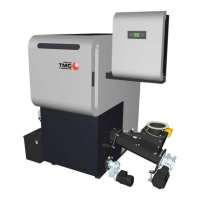
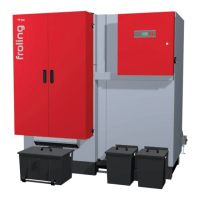
